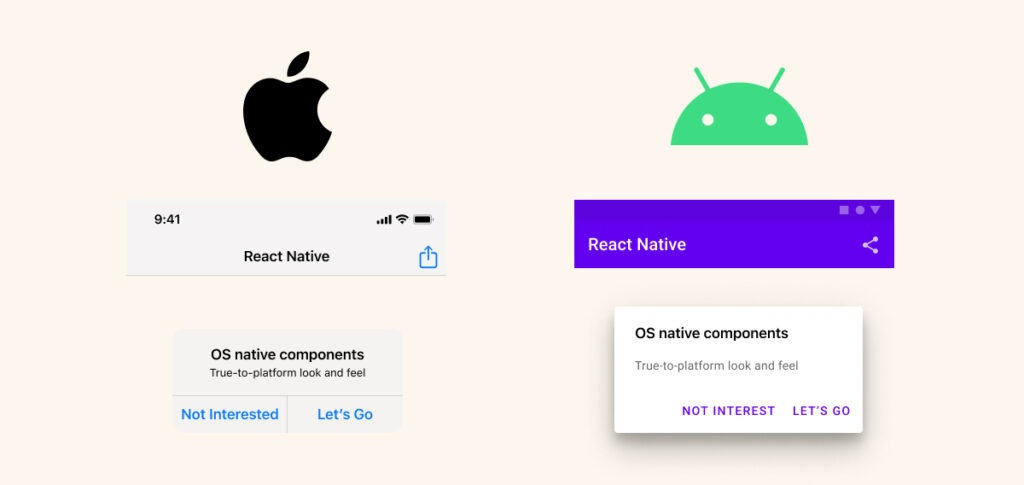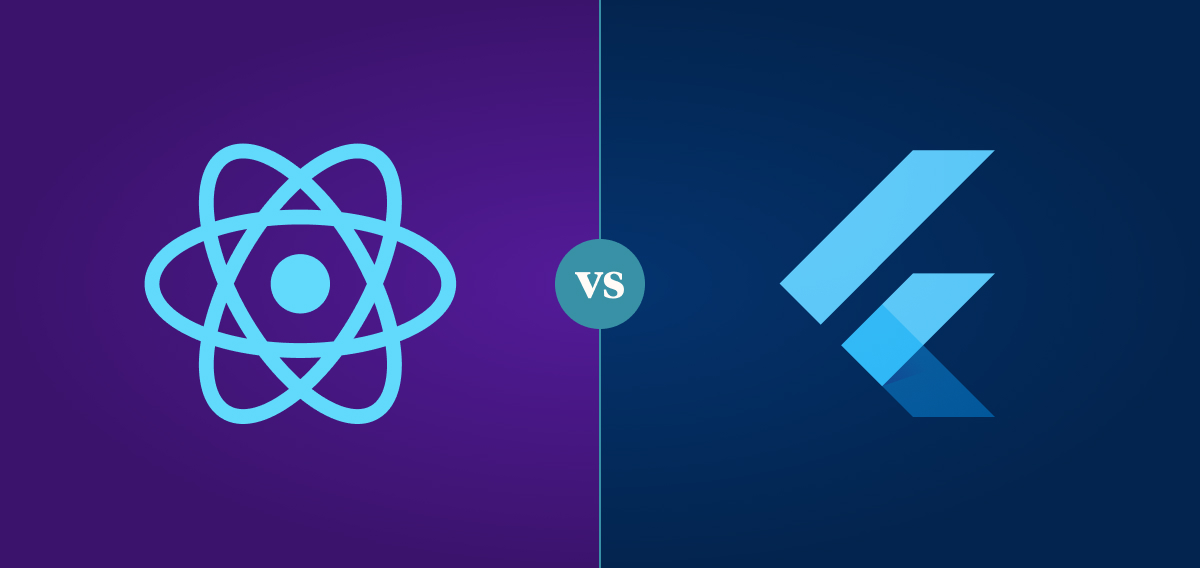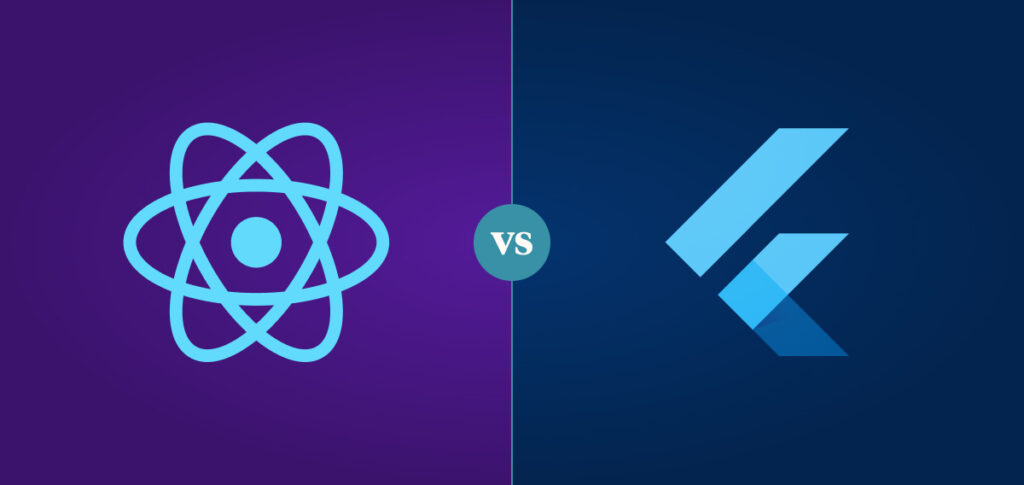At MindSea, we’re passionate about building top-notch mobile apps that really work for our clients, making sure they’re intuitive, friendly, and meet every need. One of the key decisions we have to make to deliver this experience is the framework we build them on.
React Native and Flutter are two of the most popular frameworks for cross-platform mobile app development. They both allow you to build apps for multiple platforms with a single code base. While there are many other frameworks for mobile app development – such as Ionic and Kotlin – we will just look at React Native and Flutter in this article.
After weighing all our options, we decided to use React Native as our go-to framework for cross-platform development. This is because it best serves the needs of medium to large organizations over the long term, taking into account factors such as long-term viability, cost savings, and a better cross-device experience.
Read on to find out more about why we recommend React Native over Flutter.
Uses a Familiar Language
With React Native, developers can code in JavaScript or more specifically TypeScript, which is a superset of JavaScript that adds syntax on top. Javascript is the language of the browser and it powers the World Wide Web, which means it’s one of the most widely used programming languages in the world. This makes it easier to find experienced React Native developers or even train a web developer to transition into mobile development.
Flutter, on the other hand, uses Dart, a language created by Google that’s almost exclusively used for Flutter development. While it has its strengths, Dart doesn’t have the same industry-wide adoption or versatility as JavaScript, making it a more niche choice with fewer available developers.
Backed By Big Names

React Native has earned widespread trust at the enterprise level, with companies like Tesla, Walmart, Microsoft, and Shopify all using it to power their apps. This kind of industry-wide adoption gives us confidence that React Native will continue to evolve, improve, and stay future-proof, which is a critical factor for the long-term success of our projects.
Flutter, on the other hand, is heavily reliant on Google’s backing and hasn’t gained the same level of traction among major enterprise organizations. This makes its long-term future feel a little less certain.
Wider Variety of Ecosystems and Libraries
As React Native is built in JavaScript, it has a more mature ecosystem with a vast library of third-party tools. Many enterprises rely on React Native, meaning the framework’s libraries are more likely to be well-maintained and continuously supported. This reduces the risk of outdated or abandoned dependencies.
Flutter, being newer, still has gaps in its ecosystem, meaning some third-party packages may not be as polished or actively maintained. For example, if you need to integrate a specific Android Health feature, but the Flutter library hasn’t been updated in years, you might find yourself having to build and maintain it from scratch, which adds extra time and effort to the project.
Larger, More Engaged Community
With millions of developers around the world using JavaScript, the ecosystem around React Native is huge, diverse, and constantly evolving. That means there’s a ton of third-party resources, libraries, and tools available that make our job easier and help us solve complex problems.
On the flip side, Flutter uses Dart, which has a much smaller, isolated community. Dart is growing, but it doesn’t quite match the reach and resources of JavaScript.
Open Source Support
One of the key differences between choosing React Native and Flutter comes down to who controls the technology.
With React Native, you’re using a framework developed by Meta, but they don’t own JavaScript. JavaScript is an open-source language that powers the web and is governed by an international standards committee, making it far less risky. Even though Oracle holds some patents related to it, JavaScript itself is widely adopted and not controlled by a single company.
When you choose Flutter, you’re fully committing to Google—not just their framework but also their programming language, Dart. This means you’re essentially living in Google’s ecosystem.
In addition, with React Native, you can use a partially open-source tool called Expo to improve the developer experience and make it easier to build and deploy apps. Flutter has no equivalent of that. Flutter Flow, for example, is just a drag-and-drop WYSIWYG app builder that doesn’t add anything to the developer experience.
Better Native Experience

React Native uses the native components of each operating system, meaning it provides a more true-to-platform look and feel. By taking advantage of platform-specific UI elements, apps built with React Native feel more natural and perform better across different devices. For example, if you write a button component, then it’ll look slightly different on iOS or Android because they have their own standards for buttons.
Flutter writes every pixel to the screen, meaning your app will look consistent across platforms but it might not look native to the particular operating system. It can lead to design inconsistencies or performance issues, especially on lower-end devices.
Significant Cost Savings
React Native’s cross-platform capabilities also enable you to save money. By training your team in React Native, you break down silos. Your web developers can contribute to mobile apps, and your mobile developers can work on the web. Instead of needing separate teams for iOS, Android, and web, you can have a single, versatile team working across all three platforms with shared skills and code.
Flutter doesn’t offer the same flexibility. Its open source support for web development is low and Flutter for web isn’t at the same standard as JavaScript for web. You also can’t apply any existing JavaScript knowledge for Flutter as it uses Dart instead.
Stability and Long-Term Viability
React Native is a well-established framework and Meta is committed to making constant improvements. The introduction of the New Architecture, including Fabric and TurboModules, has significantly boosted performance and made native integrations smoother. This makes for a much more stable platform and gives us confidence in its long-term viability.
Flutter is maintained and updated by Google, a company which has a history of abandoning their projects. Just take a look at the Google graveyard if you want to see all the projects they have abandoned.
Flutter: A Great Framework For Certain Applications
We always strive to provide the best recommendations and advice to our customers and, with that in mind, there are some case in which Flutter may be the better option for your business:
- If pixel-perfect control is your top priority. Let’s take the gaming industry as an example. The focus isn’t necessarily on following platform design standards but on delivering an immersive experience. In this case, you need a framework that gives you creative control rather than adapting to each platform.
- Performance: In the gaming industry, where you have a lot of custom animations, Flutter has often been seen as the platform of choice. As Flutter uses the Skia rendering engine for smooth graphics, in the past it was considered to offer superior performance when it comes to graphics. However, there is now a React Native version of Skia, which could provide an alternative for game developers.
- Linux applications: If you want to build an app that runs on Linux, then Flutter is the better option. React Native has limited support for Linux, and you have to use Electron, which is a separate application. Flutter, on the other hand, provides full support for Linux applications.
React Native: Our Recommendation for App Design and Development
Both React Native and Flutter have their advantages, but we have found that React Native provides the best balance of community support, industry adoption, performance, and flexibility. For your business, this means you can:
- Rely on a stable platform
- Deliver a more consistent user experience users across devices
- Access the best web development resources to further develop and maintain your app post launch
- Work with one team across all app platforms
With strong backing from major enterprises and a thriving ecosystem, React Native is built for the long haul, and helps us deliver cutting-edge apps and deliver seamless cross-platform experiences to our clients every time.
To find out more about how we can design and develop an app that provides a smooth cross-platform experience built on the right choice of development framework, get in touch with Alex today.



